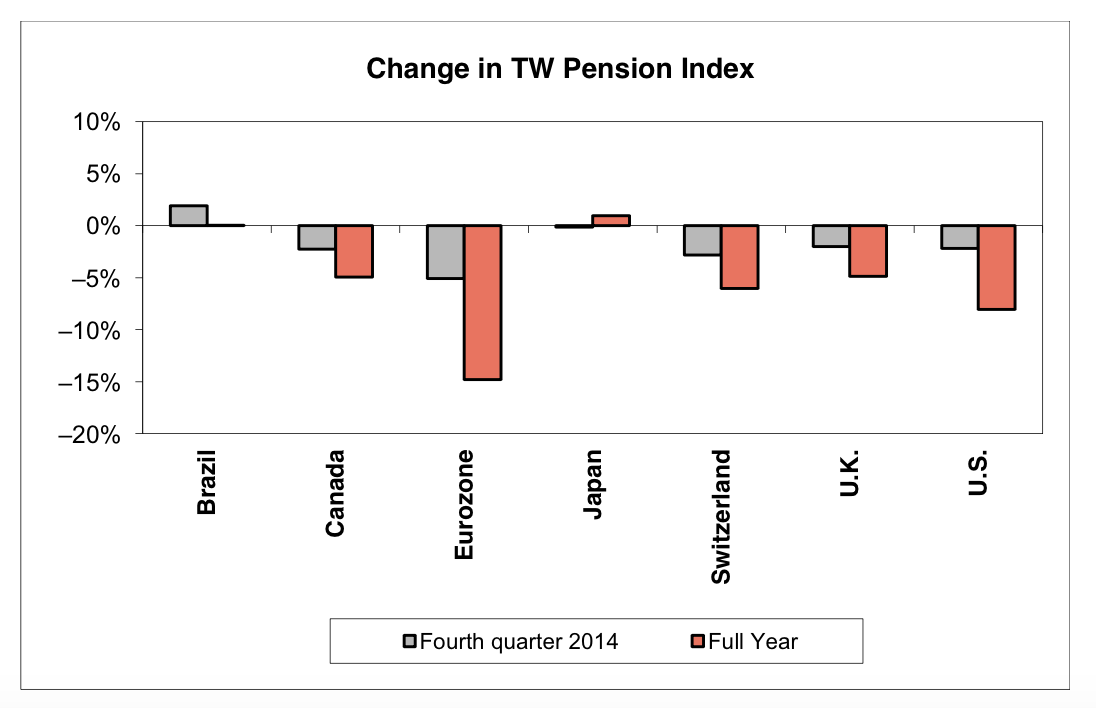Jon Elster's words:
Sometimes we can explain without being able to predict, and sometimes predict without being able to explain. (Nuts and Bolts for the Social Sciences, p8)
This is one of the most important lessons for investors when they are reading Wall Street research. Most of what is presented is explanation of what is going on the market. There analysis is presenting of facts and an explanation of what those facts may mean relative to past information or other facts. However explaining is not telling stories of correlation as causality. Often researchers look at correlation as causality and thus an "explanation".This is where the trouble with analysts begin. This is not prediction and it is not good analysis.
Providing facts in a structured manner is useful; however, it is often not colorful and will not earn an analyst the big bucks. The status from making forecasts is why analysts get into the prediction game but it is at the expense of investors because most analysts get it wrong.
There are analysts who are good at explaining, but predicting is a whole different story. Explainers are not always good forecasters. Investors should never confuse the two. Reading research is useful to give context but context is not always the road predictive power.
The confusion between explaining and predicting can be eliminated through the use of models. The quality of a model is not based on the glibness of a speaker or their style of writing. The success of a model is based on whether it works. It is measurable prediction.












































